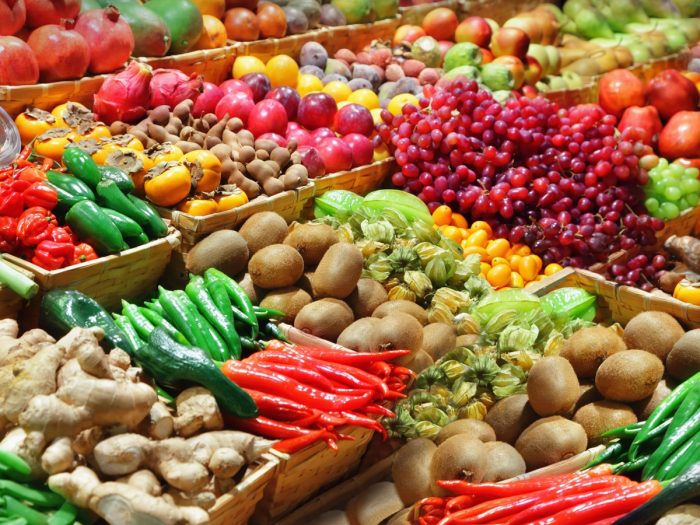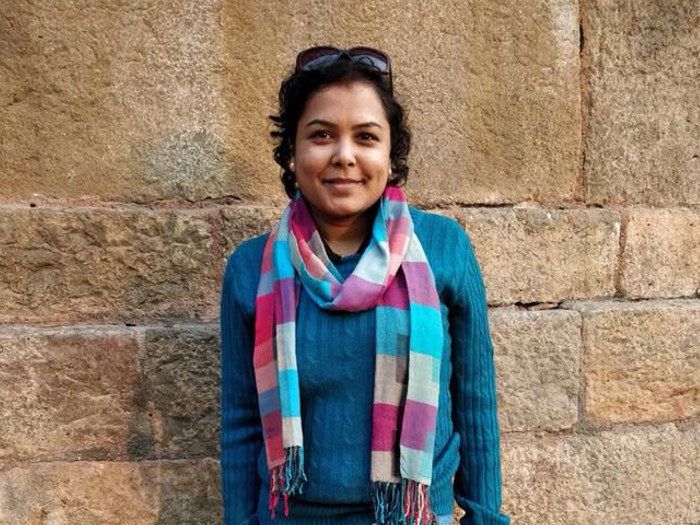Organic food is good for health and there are a lot of stores that sell organic food in the city of Irvine, California.
Orange County Produce
11405 Jeffrey Road,
Irvine, CA 92602,
United States
Phone: (949) 451 0880
—————————————————————————
Irvine Farmers Market
5001 Newport Coast Dr,
Irvine, CA 92603,
United States
Phone: (714) 573 0374
Website: www.orange.cfbf.com
—————————————————————————
ZucchiniXpress
134 Starcrest, Irvine,
CA 92603, United States
Phone: (949) 701 0895
Website: www.zucchinixpress.org
—————————————————————————
 RALPHS
RALPHS
5345 Alton Pkwy,
Irvine, CA 92604,
United States
Phone: (949) 552 0597
Website: www.ralphs.com
—————————————————————————
RALPHS
14400 Culver Dr,
Irvine, CA 92604,
United States
Phone: (949) 552 3065
Website: www.ralphs.com
—————————————————————————
The Original Manassero Farms Market
5500 Irvine Valley,
Irvine, CA 92604,
United States
Phone: (949) 554 5103
Website: www.manasserofarms.com
—————————————————————————
Trader Joe’s
14443 Culver Dr,
Irvine, CA 92604,
United States
Phone: (949) 857 8108
Website: www.traderjoes.com
—————————————————————————
Sprouts Farmers Market
3775 Alton Pkwy,
Irvine, CA 92606,
United States
Phone: (949) 705 5435
Website: www.sprouts.com
—————————————————————————
Love of Juice
5331 University Dr,
Irvine, CA 92612,
United States
Phone: (424) 200 2380
Website: www.loveofjuice.com
—————————————————————————
Trader Joe’s
4225 Campus Dr,
Irvine, CA 92612,
United States
Phone: (949) 509 6138
Website: www.traderjoes.com
—————————————————————————
Tanaka Farms
5380 3/4 University Dr,
Irvine, CA 92612,
United States
Phone: (949) 653 2100
Website: www.tanakafarms.com
—————————————————————————
Mother’s Market & Kitchen
2963 Michelson Dr,
Irvine, CA 92612,
United States
Phone: (949) 752 6667
Website: www.mothersmarket.com
—————————————————————————
Farm Direct
Parkview Shopping Center,
5331 University Dr,
Irvine, CA 92612,
United States
Phone: (949) 783 3999
—————————————————————————
Susan’s Healthy Gourmet
1202 Mcgaw Ave,
Irvine, CA 92614,
United States
Phone: (949) 833 2929
Website: www.susanshealthygourmet.com
—————————————————————————
RALPHS
17605 Harvard Ave Irvine,
CA 92614, United States
Phone: (949) 851 3161
Website: www.ralphs.com
—————————————————————————
Village Apartment Homes
Village Market PRISM 41 PRISM,
Irvine, CA 92618, United States
Phone: (949) 387 5600
Website: www.villagem.com
—————————————————————————
41 Olive
83 Fortune Dr Ste 228,
Irvine, CA 92618,
United States
Phone: (949) 892 6665
Website: www.41Olive.com
—————————————————————————
Sootha Coffee
4840 Irvine Blvd Ste 111,
Irvine, CA 92620, United States
Phone: (714) 665 9900
—————————————————————————
Trader Joe’s
6222 Irvine Blvd,
Irvine, CA 92620,
United States
Phone: (949) 551 6402
Website: www.traderjoes.com
—————————————————————————
Smith’s Farms
5481 Bryan Ave Irvine,
CA 92620, United States
Phone: (949) 726 8366
—————————————————————————
Trader Joe’s
6222 Irvine Blvd Irvine,
CA 92620, United States
Phone: (949) 551 6402
Website: www.traderjoes.com
—————————————————————————
Smith’s Farms
5481 Bryan Ave Irvine,
CA 92620, United States
Phone: (949) 726 8366
—————————————————————————
Jordan Market
24771 Alicia Pkwy Suite A Laguna Hills,
CA 92653, United States
Phone: (949) 770 3111
Website: www.jordanmarket.net
—————————————————————————
Mother’s Market
2963 Michelson Dr.,
Irvine, CA 92612, United States
Phone: (949) 752-6667
Website: www.mothersmarket.com
—————————————————————————
The Original Manassero Farms Market
Irvine, CA, United States
Phone: (949) 554-5103
Website: www.manasserofarms.com
—————————————————————————
Zion Market
4800 Irvine Blvd.,
Irvine, CA 92620
Phone: (714) 832-5600
Website: www.zionmarket.com
—————————————————————————
Walmart Stores
16555 Von Karman Ave,
Ste A, Irvine, CA 92606
Phone: (949) 623-7467
Website: www.walmart.com
—————————————————————————
Walmart Stores
71 Technology Dr,
Irvine, CA 92618
Phone: (949) 242-6587
Website: www.walmart.com
—————————————————————————
H Mart
2600 Alton Pkwy,
Irvine, CA 92606, United States
Phone: (949) 833-0111
Website: www.hmart.com
